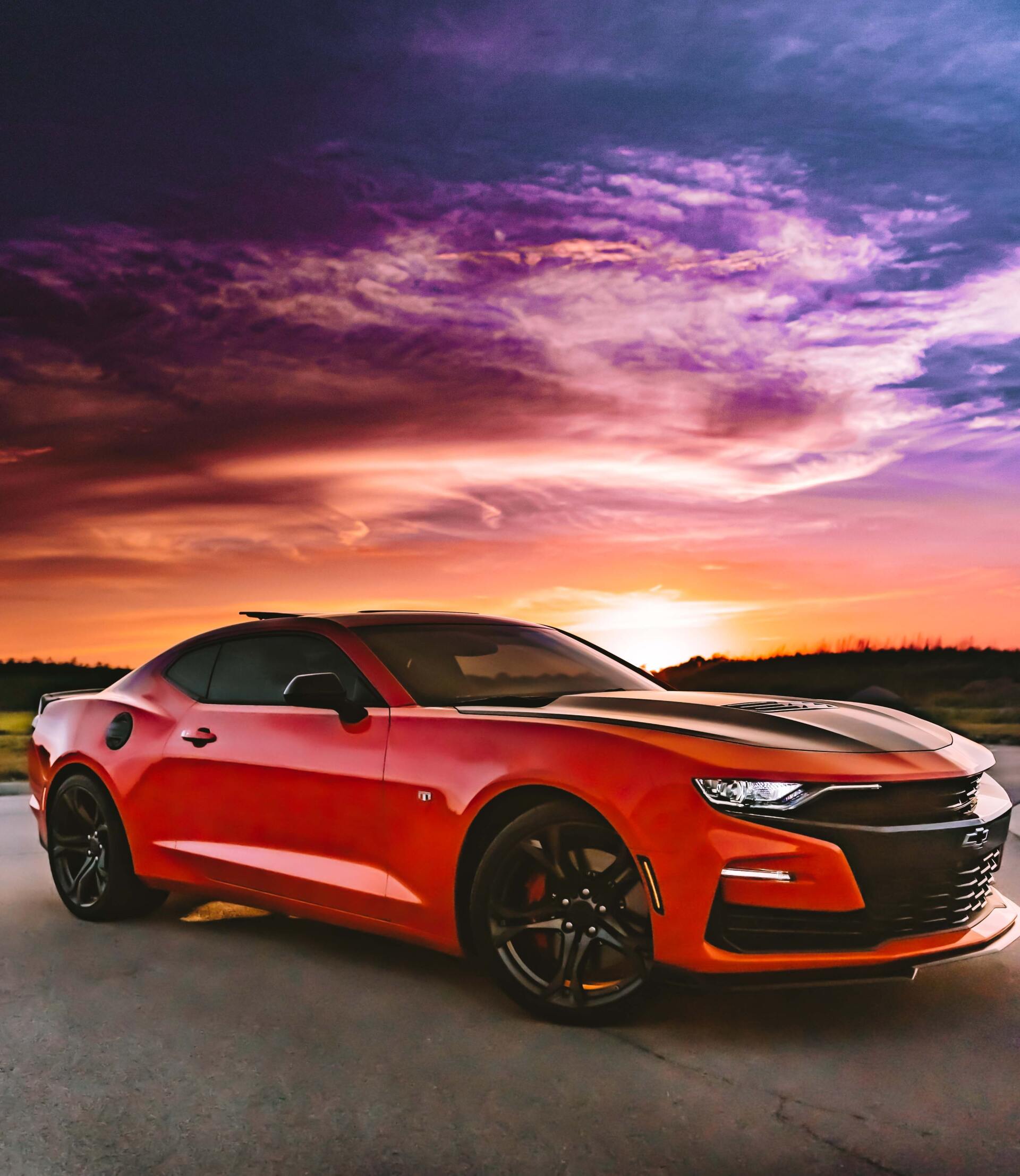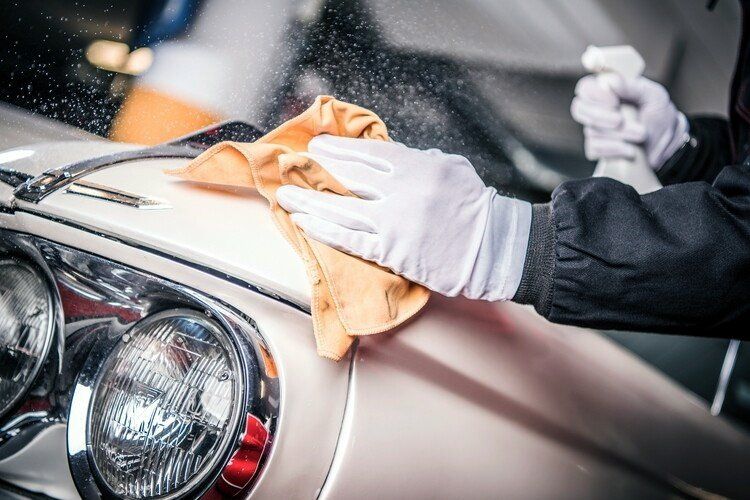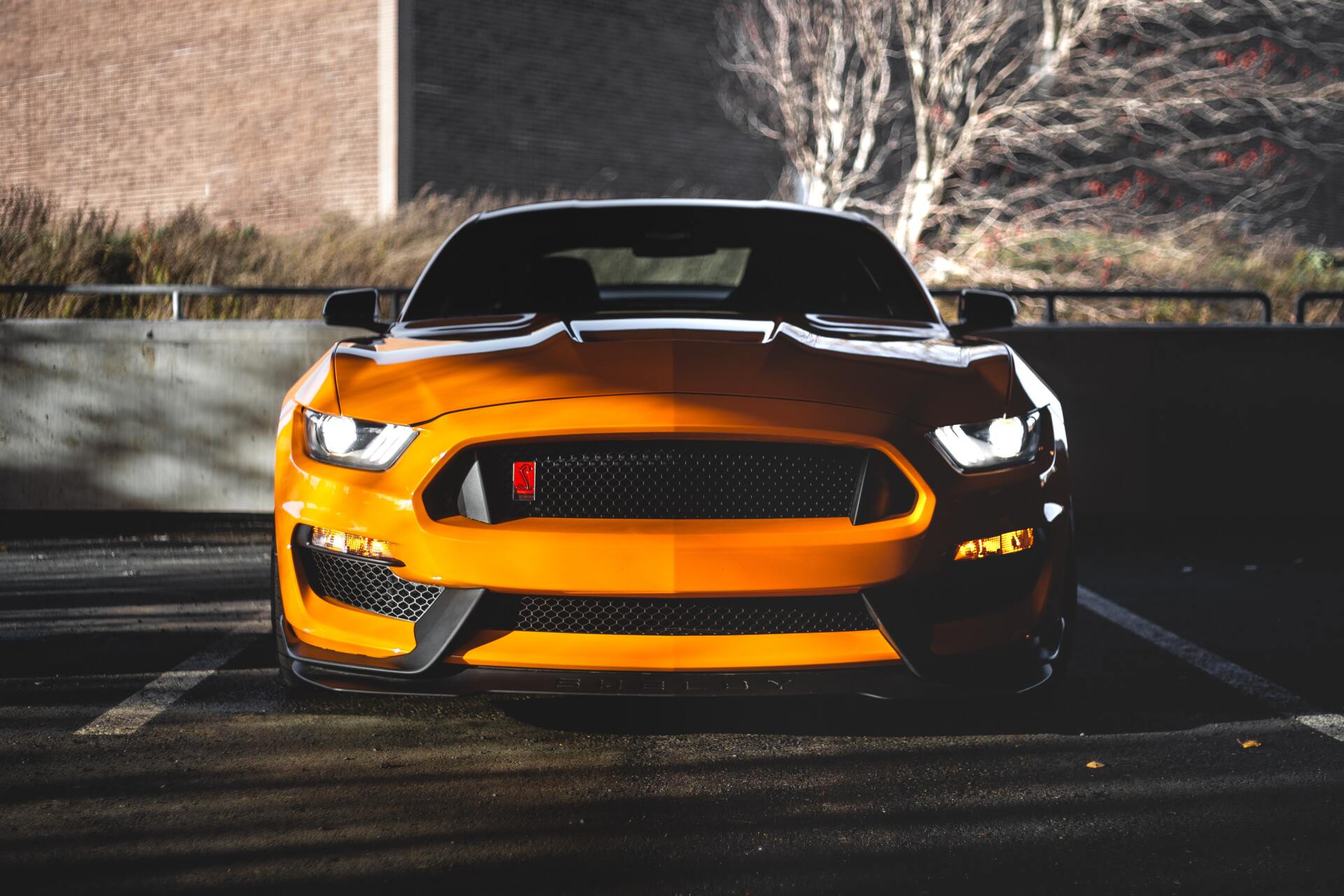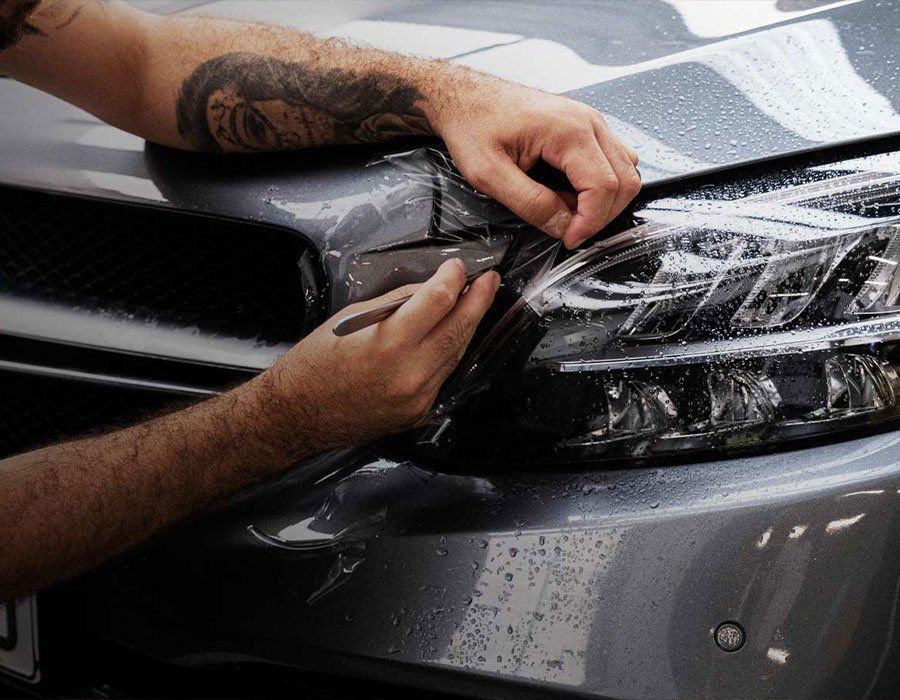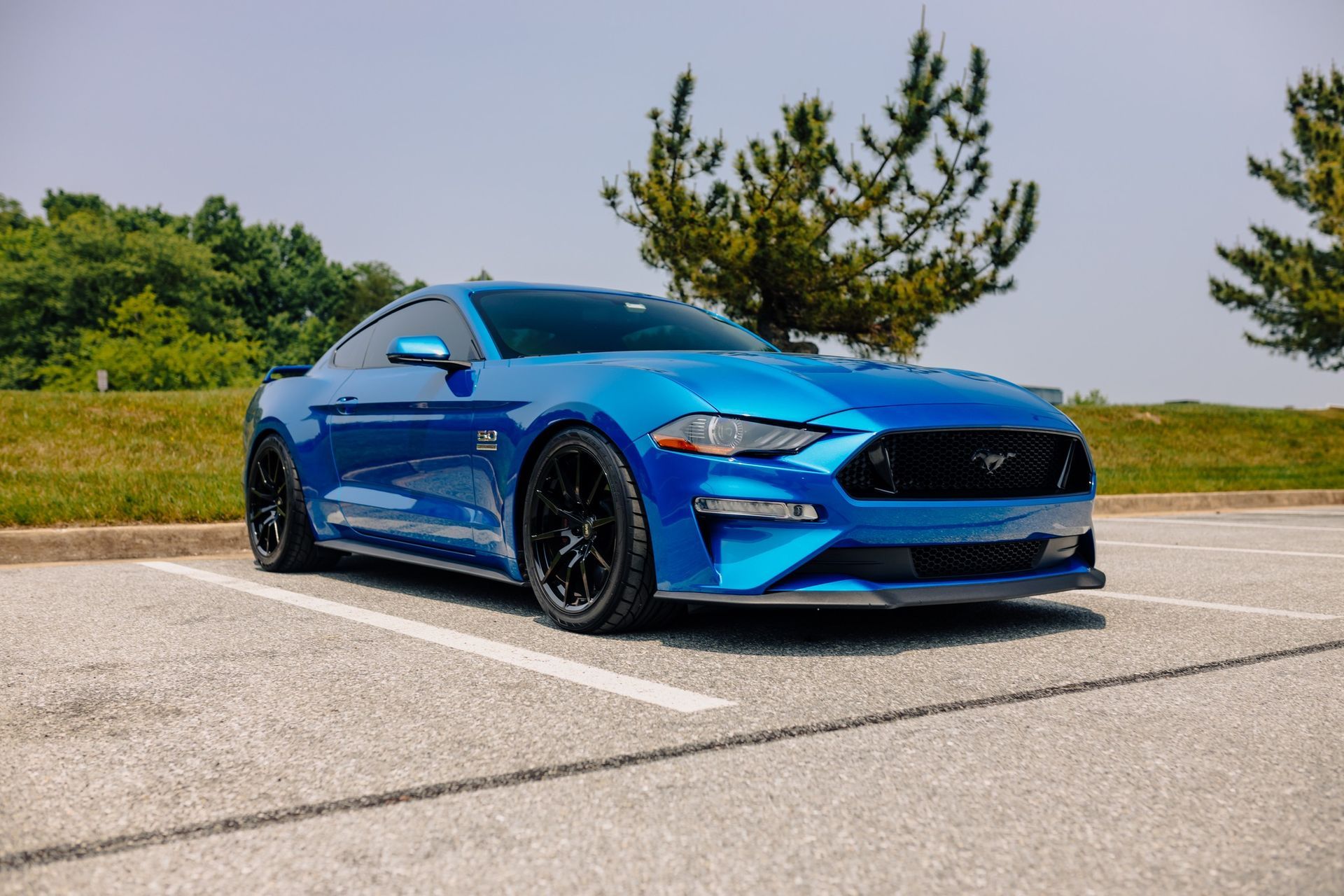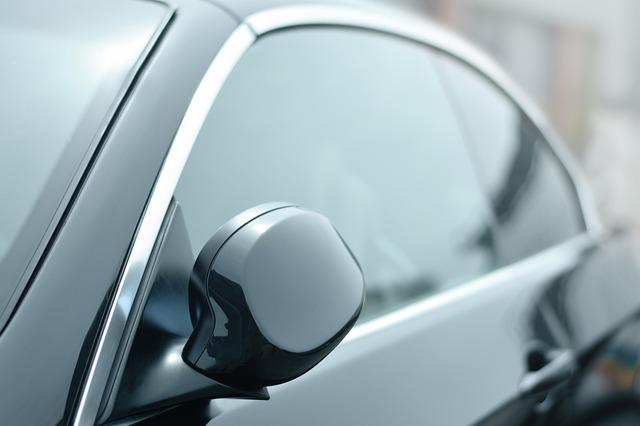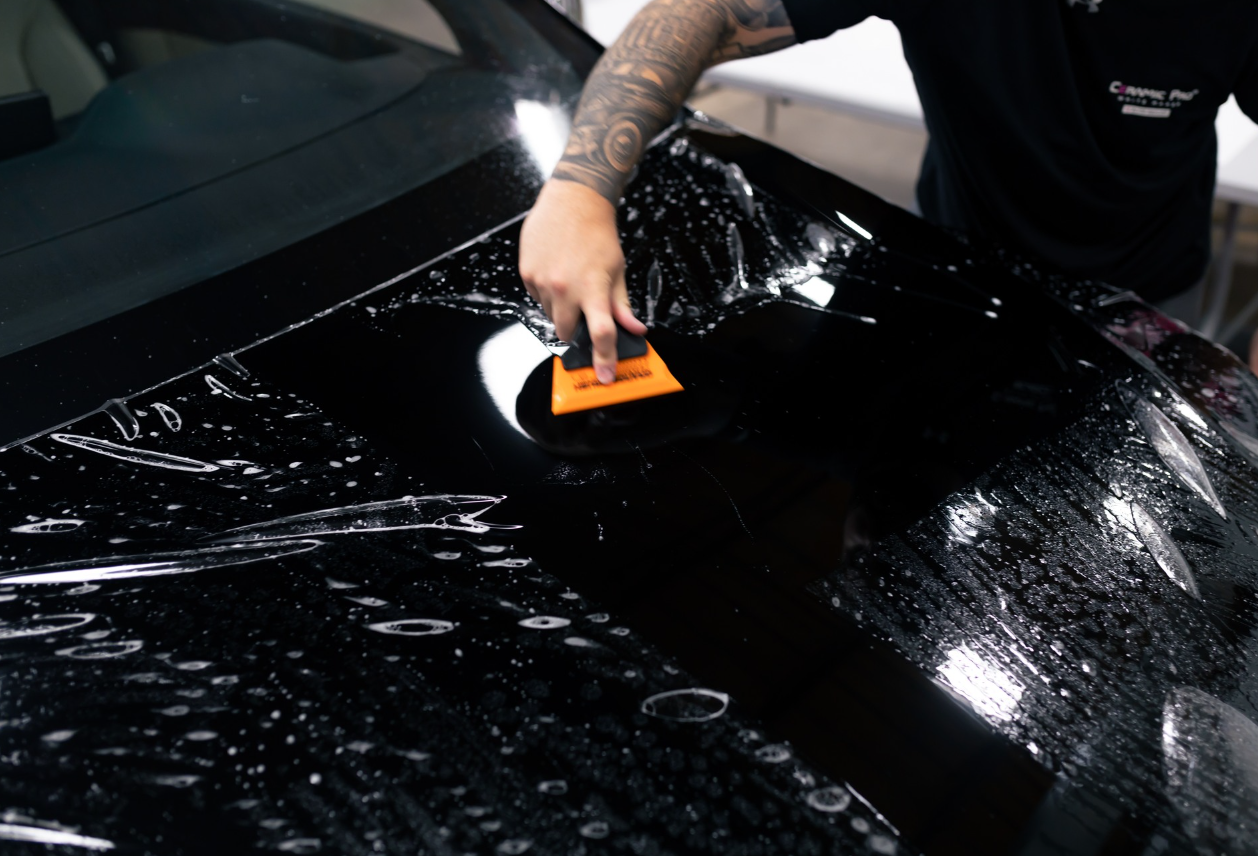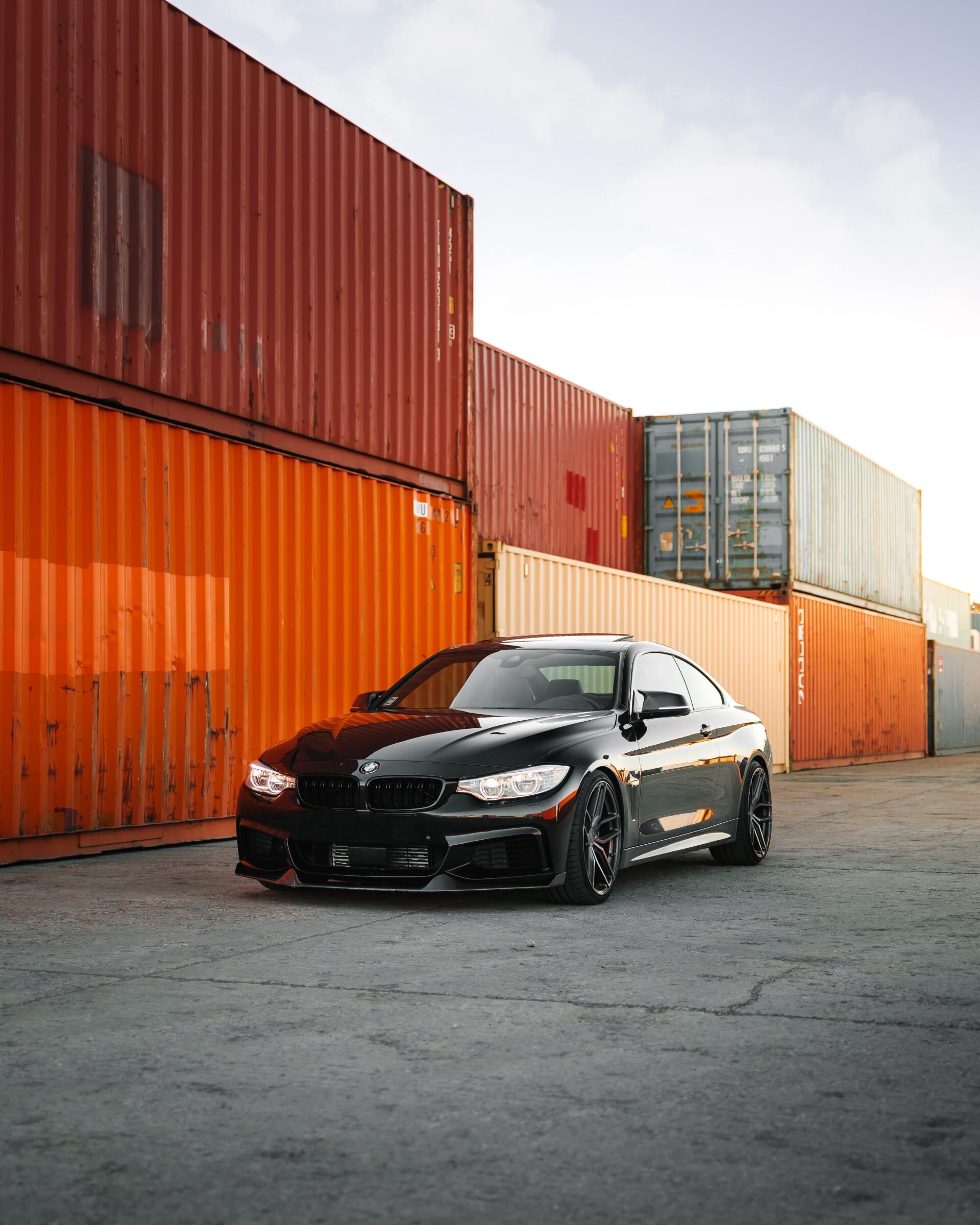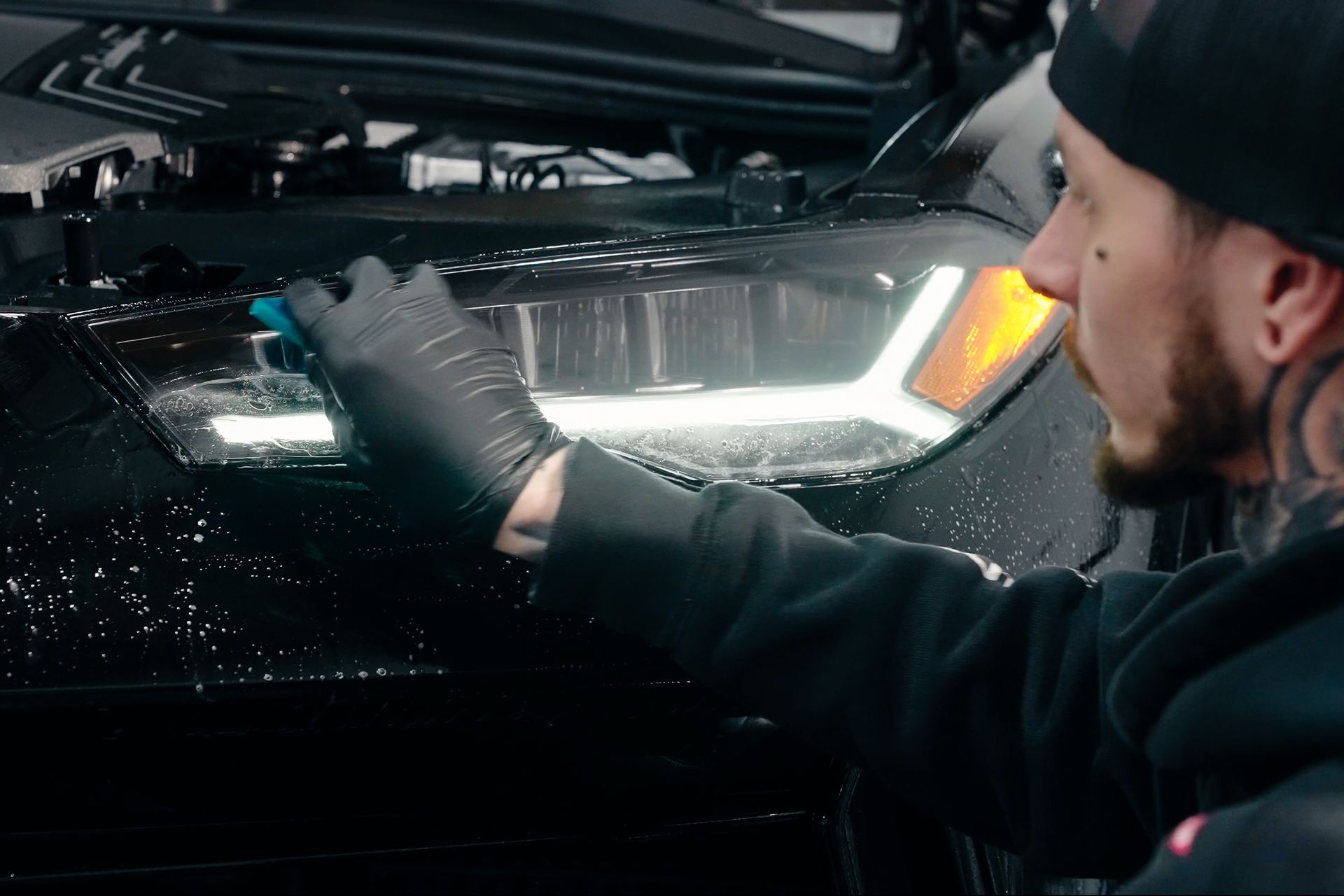Choosing the Right Car PPF: A Comprehensive Buyer's Guide for Maximum Protection
Your car is exposed to hazardous elements on city streets every day, threatening its glossy finish and overall appearance. Dirt, debris, and the scorching sun can all work against your vehicle's aesthetic appeal. But what if you could arm your precious asset with an invisible shield for maximum protection?
There are numerous brands to choose from in the world of paint protection film. But how do you navigate this complicated maze to find the right one for your car or differentiate between brands? Buckle up if these thoughts are racing through your head! We are about to go on a thorough journey that clarifies everything you need to know about picking the best PPF for your vehicle.
So rev your engines as we fuel you with valuable insights for making an informed brand decision!
Understanding Car Paint Protection Film (PPF)
Paint protection film is a highly valuable addition to any vehicle, offering an extra layer of defense against various elements that can harm your car's exterior. This film is usually made of polyurethane and is designed to shield the paint from scratches, chips, stains, and other types of damage.
It acts as a barrier between your car's paint job and the outside world, preserving its pristine appearance for years to come.
PPF creates an imperceptible but tenacious shield by sticking directly to the surface of the car that can withstand blows from gravel, road debris, insects, and even minor collisions. It offers strong defense against both small- and large-scale threats due to its thickness, which can range from 6 to 10 millimeters.
For instance, imagine driving on a highway with loose gravel flying up from the tires of surrounding vehicles. Without PPF, these gravel pieces may cause unsightly chips or scratches on your car's paint job. But with a reliable brand of paint protection film applied to vulnerable areas like the hood or front bumper, you can drive with peace of mind knowing that your vehicle is safeguarded against such hazards.
Investing in car paint protection film not only actively protects your vehicle but also preserves its resale value, another considerable reason to install it. Now let's dive into the numerous benefits specific to using car paint protection film from a renowned brand.
Benefits of PPF
1. Preserves the Vehicle's Appearance: One distinctive difference and the primary advantage of paint protection film is its ability to maintain your car's showroom-like finish. By acting as a sacrificial layer, it absorbs scratches and small impacts while leaving your paint unharmed underneath.
This prevents visible damage and ensures your vehicle looks newer for longer.
2. Protection Against Damage: PPF shields your car from various external factors that could otherwise harm the paintwork. It guards against chips from rocks, scratches from keys or other abrasive materials, and stains from bird droppings or tree sap.
This protection extends the lifespan of your paint job and reduces the need for costly repairs.
3. Self-Healing Properties: Some advanced brand products possess self-healing capabilities, a standout difference in PPFs, meaning they can automatically repair minor scratches or scuffs when exposed to heat.
This feature eliminates the need for manual touch-ups and ensures your vehicle's surface remains flawless with minimal effort in harsh weather.
4. UV Resistance: PPF adds excellent protection against harmful ultraviolet rays, a significant reason considering the harsh sun in Maryland, which can cause paint to fade or discolor over time.
With a quality film in place, your car's paint will be shielded from UV damage and maintain its vibrant appearance for years.
5. Ease of Maintenance: It is simple to clean and maintain a car that has paint protection film. Any car owner can benefit directly from this area of car protection because the hydrophobic qualities of the film make it resistant to the buildup of water, dirt, and grime.
Simply wiping it down with a mild detergent and water solution is usually sufficient to restore its lustrous shine, and it can also fight against discoloration effects due to age or exposure.
6. Enhances Resale Value: A well-maintained vehicle with PPF installed often commands a higher resale value due to its preserved exterior condition. Prospective buyers value the added protection, knowing that they won't have to invest in repairs or repainting after purchase.
The pros of investing in such a treatment are directly reflected in the car's reputation and market value over time.
Consider car paint protection film a suit of armor for your beloved vehicle. It protects it from potential threats while preserving its beauty and value over time.
The pros of investing in such a treatment are directly reflected in the car's reputation and market value over time. Consider car paint protection film a suit of armor for your beloved vehicle. It protects it from potential threats while preserving its beauty and value over time. Additionally, the self-healing ability of these films adds another layer of protection, allowing for minor scratches and dings to literally disappear over a period of time.
When it comes to protecting your vehicle's exterior, there are various types of car paint protection film products available on the market. Each option offers different features and benefits to suit your specific needs as a car owner.
Let's explore some of the common types:
Types of Car Paint Protection Film Products
1. Clear Paint Protection Film: This is the most popular and widely used type of PPF. It provides a transparent, self-healing layer that protects your car's paint from scratches, stone chips, bug splatters, bird droppings, and other environmental elements. Clear PPF offers excellent durability and can maintain your vehicle's original appearance while providing superior protection against discoloration.
2. Matte Finish Paint Protection Film: If you prefer a non-glossy appearance for your vehicle, matte finish PPF is an excellent choice. It offers all the benefits of clear paint protection film while giving your car a sleek and understated look. Matte-finishing can enhance the aesthetics of your vehicle while protecting it from damage and discoloration.
3. Gloss Finish Paint Protection Film: On the other hand, if you want to preserve the glossy look of your car's paint job, gloss finish paint protection film is ideal. It provides a high-shine protective layer that not only safeguards against scratches and chips but also enhances the color depth and richness of your vehicle.
4. Textured or Custom Design Paint Protection Film: For those looking to add a unique touch to their vehicles, textured or custom design PPF options are available. These films come in various patterns, such as carbon fiber or metallic finishes, allowing you to personalize the appearance of your car while still providing reliable protection.
Imagine having a sports car with a striking metallic red finish and wanting to protect it with a paint protection film that not only keeps it safe but also enhances its visual appeal. By opting for a metallic-finish, you can achieve both goals effortlessly. Now that we have explored the different types of car paint protection film products and coatings available, let's move on to understanding how to choose the right PPF for your vehicle.
A few key factors must be considered when selecting a paint protection film for your vehicle to ensure maximum protection and value for your investment.
Take into account the reputation of various brands and the cons and pros of various types:
- According to a 2021 automotive industry report, choosing high-quality PPF can potentially increase a vehicle's resale value by up to 10% because of the maintained paint integrity.
- According to Grand View Research, the global market for the automotive PPF industry is expected to reach around $1.49 billion by 2025, with a compound annual growth rate of 5%, highlighting its growing popularity among consumers.
Choosing the Right PPF for Your Vehicle
1. Longevity: Look for products that offer long-term durability and performance. Some high-quality films can last over ten years when properly installed and maintained. Consider manufacturers known for producing durable and long-lasting PPFs, such as KAVACA.
This is an area worth serious consideration for any discerning car owner.
2. Warranty: Check if the product comes with a warranty from the manufacturer or installer. A warranty provides peace of mind and ensures that your investment is protected against defects or issues with the film, like water spots or scratches. Also, before purchasing and making your final decision, be sure to understand the coverage details and limitations of the warranty package.
3. Cost: While price shouldn't be the sole determining factor, it's essential to consider your budget. When buying, keep in mind that cheaper options may not offer the same level of quality, UV protection, or other protection as higher-end products. It's worth investing in a reputable and durable PPF that will effectively safeguard your vehicle's paint over time from harm like sun exposure.
4. Thickness: Consider the thickness of the PPF you choose. Typically, a film that is about 6 millimeters thick provides superior protection against scratches, chips, and environmental elements. However, thinner films, such as some types of vinyl, may offer less protection but could be suitable for vehicles with minimal exposure to potential risks.
5. Application Method: Different installers may use various application methods, such as wet or dry installation. Wet application involves spraying water onto the surface and squeegeeing off the excess liquid, while dry installation does not require any liquid. Wet application tends to result in a seamless finish, whereas bubbles may occur with dry installation.
6. Personal Preference: Lastly, consider your personal preferences regarding the PPF's appearance. Choose a finish—shiny, matte, or even colored vinyl—that complements your vehicle's aesthetics and reflects your individual style.
By considering these factors, you can make an informed decision when selecting the right PPF for your vehicle. Remember to compare different brands and providers to find the best fit in terms of product quality, warranty, color options, potential sun exposure, UV protection, installation method, and price.
When it comes to choosing the right paint protection, there are a few key considerations to keep in mind: longevity, warranty, and cost. These factors will help you make an informed decision and ensure maximum protection for your vehicle's paintwork. First, longevity is an important aspect to consider. You'll want a film that can withstand the test of time and provide durable protection against various environmental factors, including UV damage due to sun exposure.
High-quality films are usually designed to last for several years without yellowing or degrading. Look for reputable brands that offer products known for their longevity and resistance to fading over time.
Considerations: Longevity, Warranty, and Cost
For instance, if you live in a region with harsh weather conditions, such as intense sunlight or extreme temperature fluctuations, it would be even more critical to choose a paint protection film with excellent longevity. Such a product ensures sustained defense against harmful UV rays and other climate-related problems.
Secondly, warranties play a crucial role in your decision-making process. A reliable and comprehensive warranty package provides peace of mind, knowing that your investment is protected. Different manufacturers may offer varying warranty periods, so it's important to understand the coverage details and limitations.
Lifetime warranties may only cover specific defects or chips rather than overall wear and tear. Ensure you fully comprehend the terms and conditions of the warranty before making your final buying choice. Let us now talk about the third factor, which is the cost. When choosing a PPF for cars, cost should not be the only deciding factor, but it is still important to take your budget into account.
Keep in mind that the cost also includes the ride to the service provider and potentially even the driver's services if you decide to have the car picked up and delivered back.
Opting for the cheapest option might also mean sacrificing quality. Investing in a high-quality film from a trusted manufacturer can save you money in the long run by providing lasting protection for your vehicle's paintwork.
When considering the cost, you should carry out thorough research and compare prices from different providers to find the best balance between cost and quality.
Remember, this is an investment in the long-term protection of your car, so it's essential to strike a balance that fits both your budget and your desired level of protection.
After you have decided on the best car paint protection film, it is critical to understand the significance of professional installation.
While some people may attempt a do-it-yourself installation, there are significant benefits to having your PPF installed by professionals who specialize in this field.
One of the primary services these professionals offer is their expertise and experience. The professionals have undergone extensive training and have a deep understanding of the intricacies involved in properly applying the film.
They possess the necessary knowledge to handle any challenges that arise during the installation process, ensuring a flawless and seamless finish.
The Importance of Professional Installation of Paint Protection Film
Additionally, professional installers have access to specialized tools and equipment designed specifically for PPF applications. These tools enable them to achieve consistent results with minimal risk of air bubbles or imperfections. The expertise and precision brought by professionals not only enhance the visual appeal but also ensure that your car's ride is smooth and protected with a high-quality layer.
Furthermore, reputable professionals often provide warranties or guarantees on their installation services. This additional layer of reassurance offers you peace of mind, knowing that any issues or concerns can be addressed promptly and effectively. With all these advantages in mind, it becomes clear that professional installation is not just a luxury but a necessity for maximizing the effectiveness and longevity of your car's paint protection.
When it comes to the installation of the PPF, there are two common methods: wet installation and dry installation. Let's take a closer look at each method and what sets them apart.
Wet Installation: This method involves applying the PPF to the vehicle's surface with the aid of a solution, typically soapy water or a specialized lubricant. The liquid acts as a temporary adhesive, allowing for easy repositioning of the film during installation.
These procedures are best left in the hands of the professional drivers of the PPF installation industry, given the level of finesse required for a perfect application.
With all these advantages in mind, it becomes clear that professional paint protection film installation is not just a luxury but a necessity for maximizing the effectiveness and longevity of your car's paint protection.
Common Installation Methods: Wet vs Dry
When it comes to the installation of car paint protection film, there are two common methods: wet installation and dry installation. Let's take a closer look at each method and what sets them apart.
Wet Installation: This method involves applying the paint protection film to the vehicle's surface with the aid of a solution, typically soapy water or a specialized lubricant. The liquid acts as a temporary adhesive, allowing for easy repositioning of the film during installation. Many professionals prefer this method due to its forgiving nature, which reduces the possibility of air bubbles and allows for smoother alignment.
Furthermore, the wet installation process can improve adhesion, resulting in fewer lift edges over time.
Dry Installation: On the other hand, dry installation involves applying the PPF directly to the vehicle's surface without any liquid lubrication. This method requires precise alignment from the beginning since repositioning becomes challenging once the film makes contact with the surface.
Both wet and dry installation methods have their advantages and disadvantages. Wet installation provides greater flexibility during placement and reduces the chance of mistakes, making it suitable for those new to PPF installations. However, it does require more time and patience due to drying times.
Dry installation, while more challenging, offers a faster process for experienced installers who can achieve precise alignments without relying on a liquid solution. Keep in mind that regardless of the chosen method, proper cleaning and preparation of the vehicle's surface are essential before installing paint protection film.
This ensures optimal adhesion and long-lasting performance.
Now that we understand the different installation methods for car PPFs, let's explore some of the top providers in the market and review their offerings.
Protect Your Investment With Quality Paint Protection Film in Bel Air, Maryland
Embark on a journey to safeguard your vehicle with the perfect paint protection film. This comprehensive guide equips you with the knowledge to make an informed decision. Explore the intricacies of different film types, including self-healing and hydrophobic variants. Unravel the mysteries of installation techniques, thickness levels, and warranties.
At Detail Solutions, our state-of-the-art paint protection film services in Bel Air, Maryland, offer the ultimate defense against road hazards, minor scratches, and harmful UV rays. Trust our skilled team to apply precision protection, preserving your vehicle's flawless appearance and maximizing its resale value.
Give us a call or visit us online today to learn more information!


